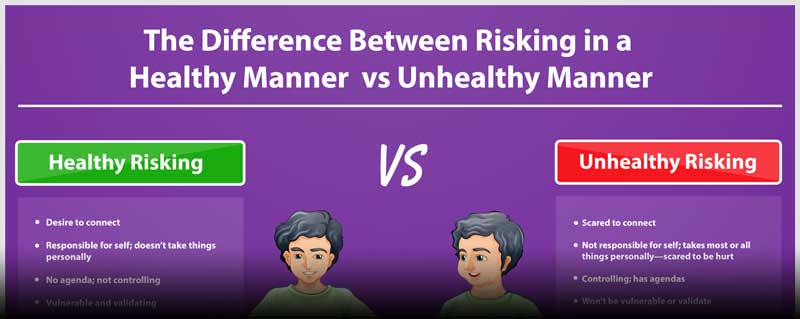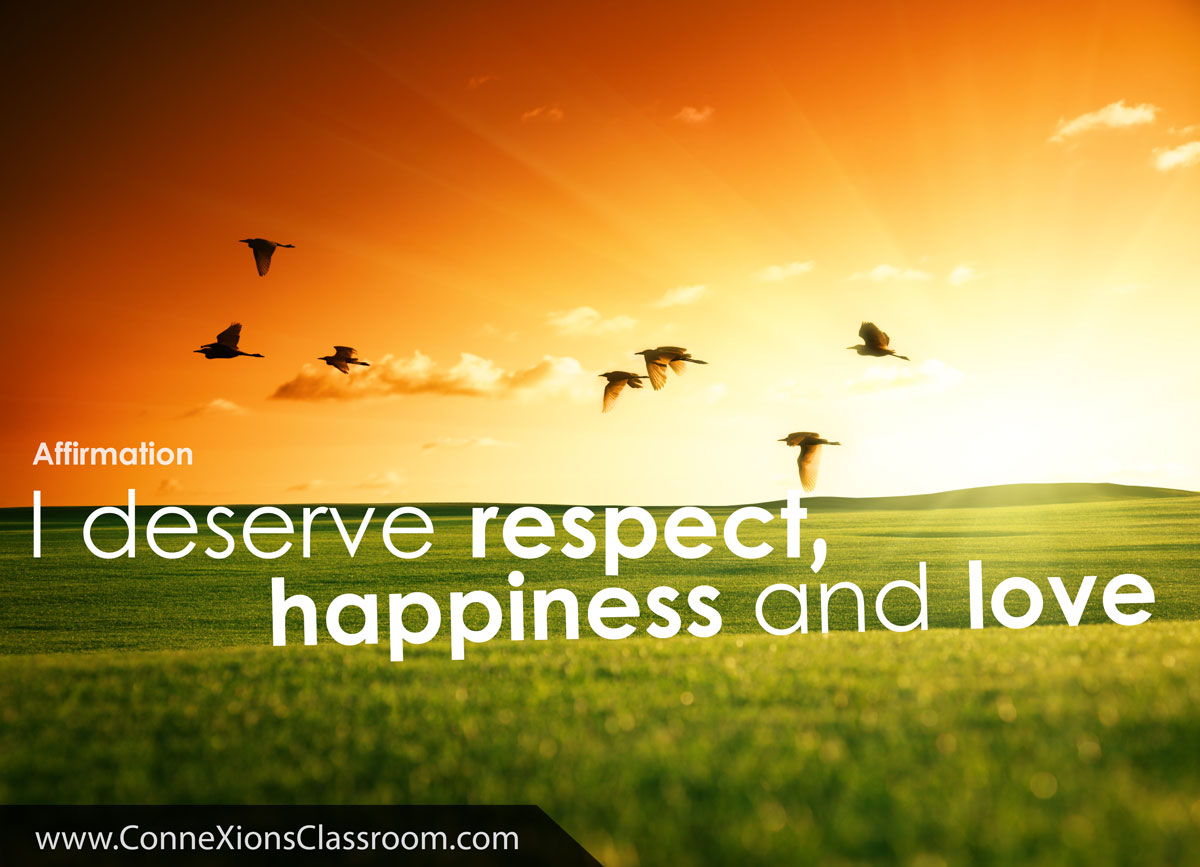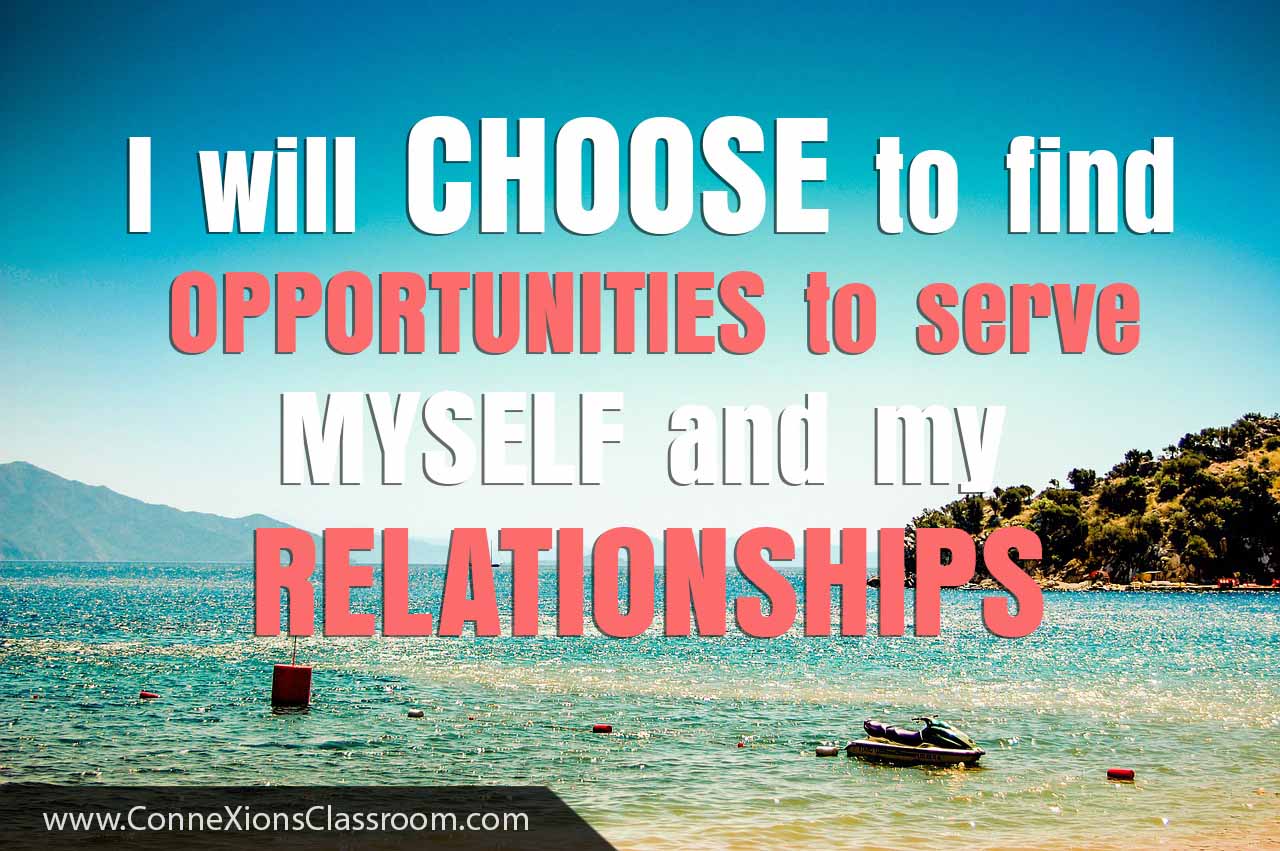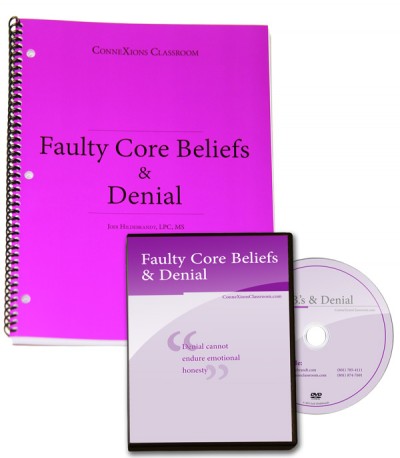“Risk” is not a word most of us relish. It’s so much easier to hold back, hold off, shut down, shut it in, stay silent, procrastinate, not speak our minds, not defend our beliefs, not “chance it,” not take the risk.
Especially in relationships, risking can be extraordinarily terrifying. Depending on the relationship, there may be real emotional and even physical dangers involved. How does one determine when to risk (even if it is terrifying) and when to hold back (even if the “promised rewards” are great)?
Yet, we must risk. The alternative is too damaging, as stated so well by C.S. Lewis: “To love at all is to be vulnerable. Love anything and your heart will be wrung and possibly broken. If you want to make sure of keeping it intact you must give it to no one, not even an animal. Wrap it carefully round with hobbies and little luxuries; avoid all entanglements. Lock it up safe in the casket or coffin of your selfishness. But in that casket, safe, dark, motionless, airless, it will change. It will not be broken; it will become unbreakable, impenetrable, irredeemable. To love is to be vulnerable.”
“A ship in port is safe, but that’s not what ships are built for.” ~ Grace Hopper
Healthy Emotional Risk
If not risking causes an emotional “death” of sorts, and risking with the wrong people can cause intense trauma, what do we do? Or, more accurately, what should our attitudes be?
Food is a necessity of life, and the right varieties and amounts contribute to a body that is fit, strong and full of vitality and energy. The wrong amounts or the wrong types can ravage that same body, zapping energy, destroying capacities and weakening every organ and muscle. So why would we ever eat the “wrong” foods? It all has to do with our motives and our attitudes.
If we see food as a tool to keep our body healthy, we will eat healthy foods and be healthy. If we see food as a tool to manage stress, feel satiated or satisfied, deal with emotions, etc., then we will be addicted and unhealthy. So also with emotional risk. If we see it as a conscious choice, necessary in order to love, we will use it responsibly. However, if we see risk as a scary or bad thing, or as an undesirable situation we’ve been “stuck with” or “put in,” or as a way to “make someone” like us or “get someone” to love us, we will be likely to misuse it and become emotionally “addicted” and out of shape.
Consider the comparison below. Which side do you fall on in your relationships?
The attitude of healthy risking can be called by other names, such as surrender, faith, willingness, openness, etc.
A final caveat: Healthy risking in relationships revolves around safety. Risking in a relationship is a gradual process where you risk a little bit, and then if the other person recognizes your vulnerability and treats your risk with respect and validation, trust begins to be forged. As this process is continued over months and years, more trust is forged and more risk is appropriate. Being completely emotionally vulnerable with a selfish or dishonest person will not forge safety, intimacy or love; rather, I will feel hurt and angry, and I will slide over to the “Unhealthy Risk” section as a result.






